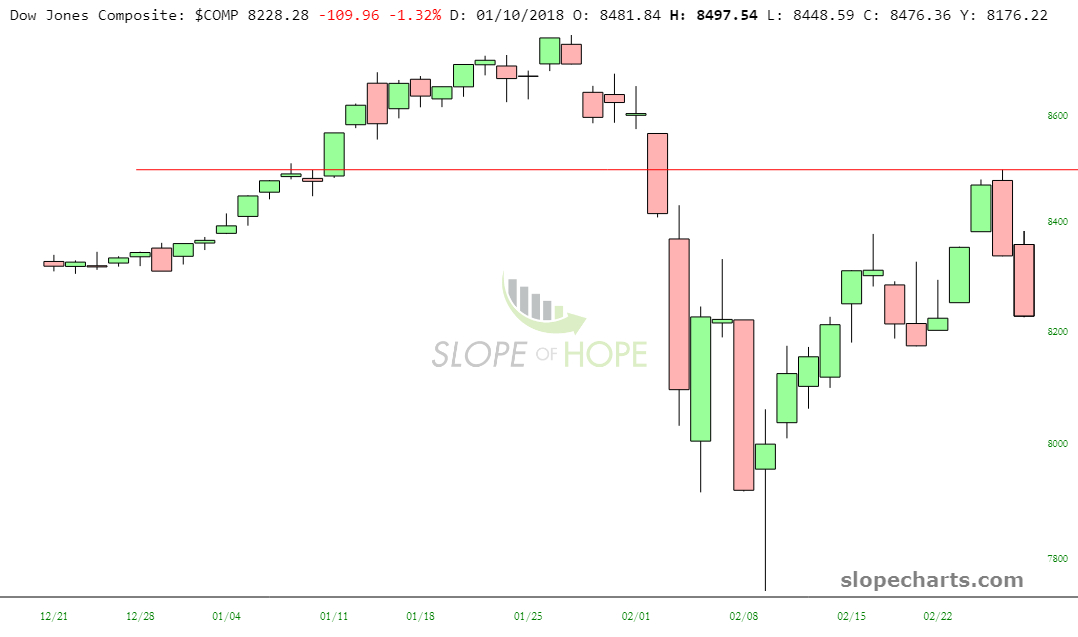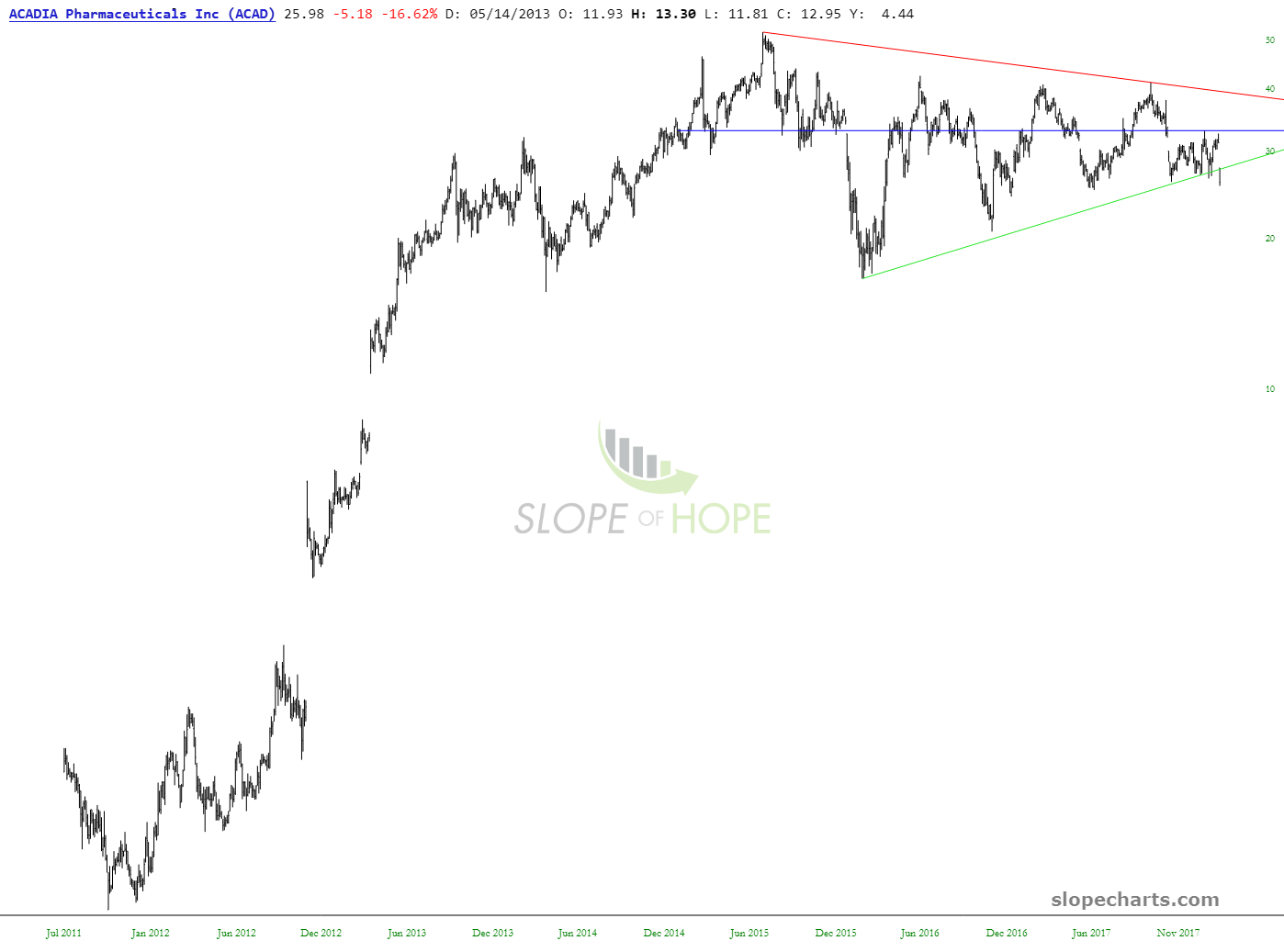One of the most frequent guests in the world of financial media is the “commodity king”  Dennis Gartman. In spite of his moniker, he chimes in far more on equities than commodities, and his nearly daily appearances on Fox Business, CNBC, Bloomberg, the trade show circuit, or whoever else will have him, have made him a glowing success story. At least if you measure success by being repeatedly invited back to share market opinions.
Dennis Gartman. In spite of his moniker, he chimes in far more on equities than commodities, and his nearly daily appearances on Fox Business, CNBC, Bloomberg, the trade show circuit, or whoever else will have him, have made him a glowing success story. At least if you measure success by being repeatedly invited back to share market opinions.
As has been pointed out ad nauseam in the comments section of many a blog (particularly ZeroHedge), Mr. Gartman, in spite of his efforts, appears to be wrong far more often than right. Many would say his percentage of being wrong is something approaching 100%, although my own informal analysis puts the figure at a kinder 70% or so.
Oh, and allow me to say this before going further: those of you who feel it clever to comment that people should just do the opposite or whatever Gartman says, or that there should be a triple-inverse Gartman Fund – – you should know the identical comment has been made, oh, thousands of times already, so what may seem clever and saucy to you is, in fact, tired and boring. So save your typing, because the thought you just had isn’t original.
Anyway……….. (more…)




